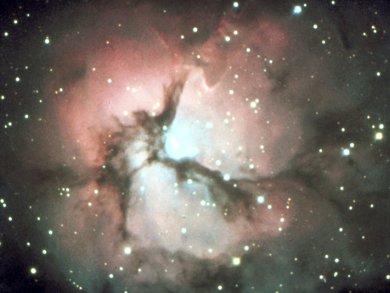Without a source of new gas, the Milky Way would exhaust its supply of gas by making new stars. Astronomers have hypothesized that ionized gas clouds observed at high velocity could be this reservoir of gas, but it is not known if they interact with the Milky Way. The distances between these clouds and the Milky Way are key for determining their role.
Nicolas Lehner and Christopher Howk, University of Notre Dame, USA, measured the distances to these clouds by using the Cosmic Origins Spectrograph, one of the instruments on the NASA/European Space Agency (ESA) Hubble Space Telescope. Their results show that the ionized clouds largely reside in the Milky Way’s halo and have enough mass to maintain star formation.
- A Reservoir of Ionized Gas in the Galactic Halo to Sustain Star Formation in the Milky Way
N. Lehner, J. C. Howk,
Science 2011.
DOI: 10.1126/science.1209069
See also:
- Chemistry of Air, Space & Water Virtual Issue
Virtual issue featuring articles of interest in this year’s theme of Chemistry of Air, Space & Water – read for free for a limited time




